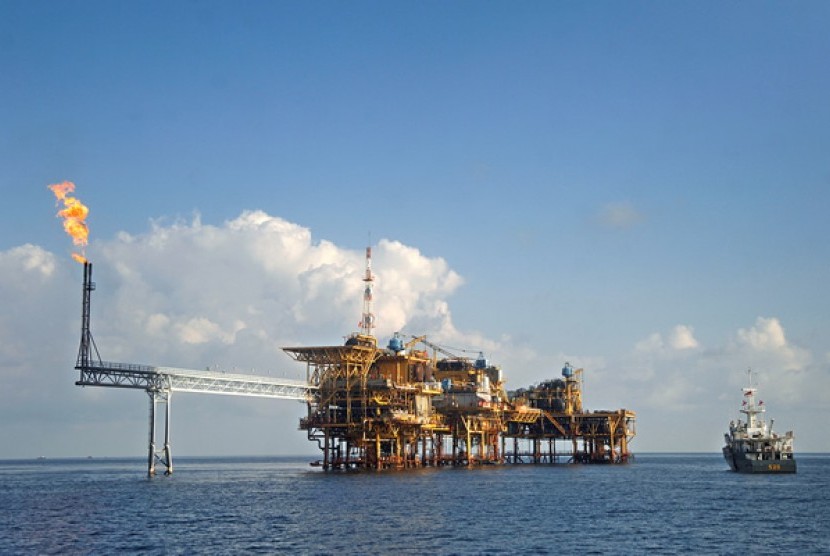The source of natural gas is a potential energy source. Indonesia has a pretty good gas content. Gas power generation systems also have advantages, which are cleaner when compared to other fossil energy. Gas can also be used for household purposes, namely for cooking. In recent years the amount of Indonesia’s natural gas production has continued to increase.
The role of natural gas is getting bigger and bigger, both as fuel for domestic energy use and as an export commodity and foreign exchange earner. This is due to the presence of natural gas as a significant resource in Indonesia. The largest natural gas reserves are on the islands of Sumatra and Kalimantan, including in Arun, Aceh and in Badak, East Kalimantan. In Papua, natural gas has also been found to be quite large. Gas reserves in the Natuna Islands are also quite large, although they have not yet been fully exploited. Meanwhile, several other regions in Indonesia, such as in Indramayu (West Java) and South Sumatra, also have relatively small amounts of natural gas reserves. Because gas combustion is relatively clean and gas prices are relatively cheap compared to BBM, the Government encourages the use of more gas. Pollution caused by gases such as carbon dioxide is relatively small. Plus, natural gas produces very little acid dioxide. Gas also only emits a quarter of hydrogen acid compared to coal per unit of electricity produced. Thus, it can be concluded that gas is cleaner when compared to coal or BBM.
Gas usage for energy from time to time continues to increase. Gas can be used for household purposes, which is for cooking to replace kerosene. Gas is also used, for industries such as fertilizer plants. Besides, gas can also be used for power generation and fuel for motorized vehicles. Public transportation that has a fixed route, such as buses and public transportation should use gas.
Given the rather large gas reserves in Indonesia, the government is targeting the use of gas for power generation by 30% in 2025. The main problem in gas power plants is the transportation problem of the gas. Most of Indonesia’s population is on the island of Java, while gas is on the island of Sumatra,
Kalimantan and Papua. Thus, a very large investment is needed to build a pipeline to flow the gas from Sumatra Island to Java and from Kalimantan to Java. With the trend of gas utilization that is quite large, it is estimated that gas reserves in Indonesia will be exhausted within approximately 30 years if no new gas mines are found.
